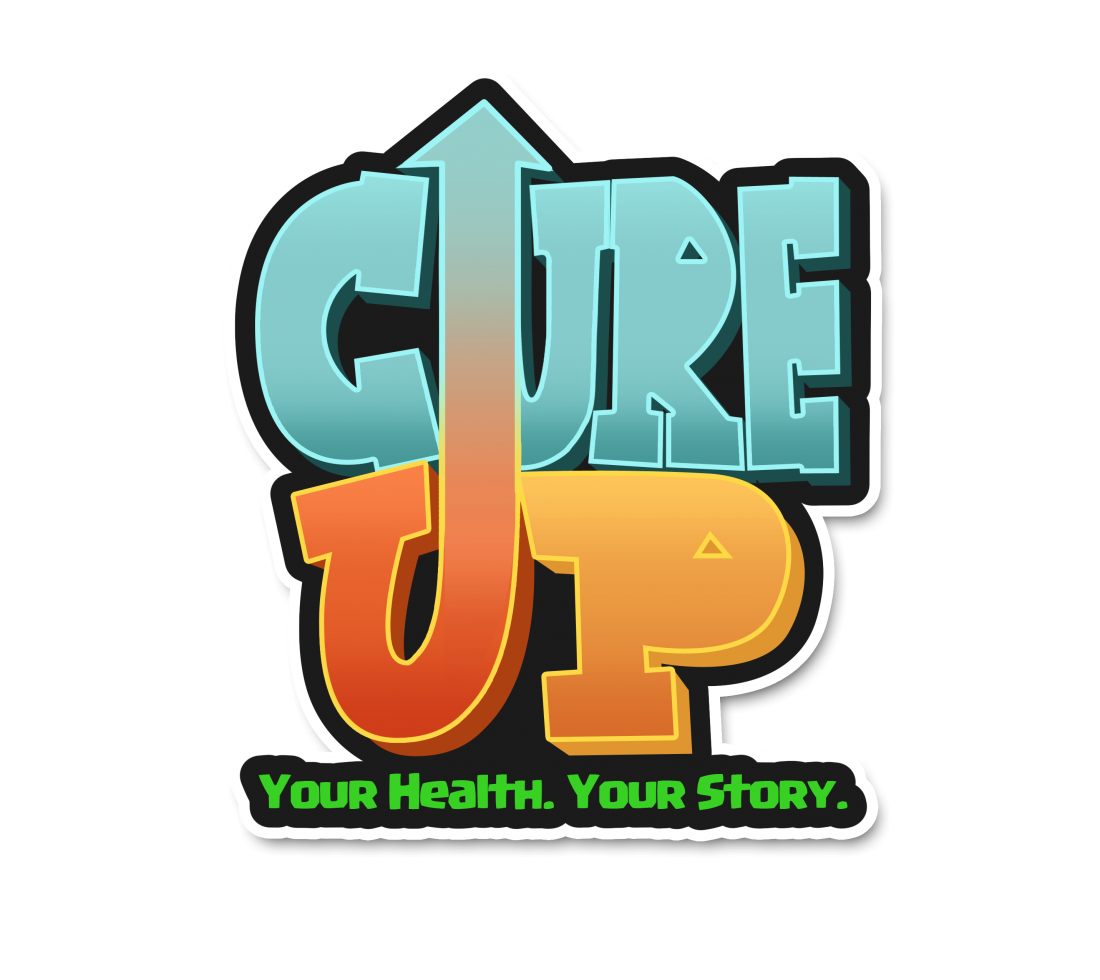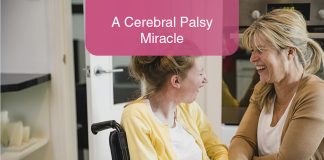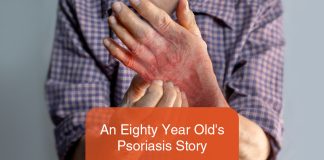Rheumatoid Arthritis, commonly referred to as RA, is a chronic, autoimmune disease frequently observed in women and elderly people. The most distinguishable characteristic of this disease is nonspecific inflammation of the joints, an occurrence of extra-articular changes and organ damage. All of this symptoms could lead to body disabilities and in some extreme cases, premature death.

Despite treatment, RA has a chronic course with periods of exacerbation or remission, particularly of the inflammatory process. This process begins in the synovium of joints and progresses slowly into joint destruction, disability, and deformation. Each patient presents different effects and damage to their joints, making it impossible to predict the progress or evolution course of the RA.
The most common consequences of ongoing RA are impaired physical function, pain, and fatigue. The symptoms usually devolve into limitations in physical functioning and work disabilities and adversely effects on health-related quality of life.
Treatments for Rheumatoid Arthritis
The treatments for RA usually depend on the clinical form and dynamics of the disease. Comprehensive treatment, for instance, is used to reduce disease activity and pain and prevent joint damage and loss of joint function, thus facilitating the preservation of the ability to participate in recreational activities.
Kinesiotherapy: It’s the therapeutic treatment of arthritic diseases by passive and active muscular movements and exercises. It is considered the core element of physiotherapy and physical therapy, although the patient often suffers from pain attacks if this therapy is not well performed.
Thermotherapy: Also known as heat therapy, it consists in the use of heat during exercises in the form of a hot cloth, hot water bottles or even ultrasound. It can be beneficial to those patients in which arthritis causes severe stiffness in the muscles and other injuries deep in the tissue of the skin.
Magnetotherapy: This one is more of a pseudoscientific alternative medicine practice. As its name suggests, it involves the use of static magnetic fields produced by permanent magnets and has beneficial health effects according to its practitioners, even although hemoglobin is weakly diamagnetic or paramagnetic and the magnets used in this therapy are too weak to have any measurable effect on blood flow.

Whole-Body Cryotherapy: Facts and effects
Whole-body cryotherapy (WBC) has been frequently used for many years as a supplement in the rehabilitation of RA patients. However, there are only a few studies in the literature comparing the effects of systemic and local cryotherapy and the effectiveness of this method remains in debate. With the lack of research comparing the effectiveness of WBC to other modalities, it is hard to establish it as a go-to method, although it’s become quite popular in recent years.
The most recent studies made have pitted some treatment groups against each other using physical therapy versus cryotherapy to prove their effectiveness. First, it is important to note that regardless of the physiotherapy treatment used, there were improvements in the severity of pain, duration of stiffness, fatigue and walking time. Although there was a significant improvement in functional status, the group subjected to physical procedures responded better than in the group treated with cryotherapy. It’s been suggested that improvement by cryotherapy is related to the hormones of the body which, after their stay at low temperatures, increased the secretion of endorphins that help with the antidepressant action of the body, thus increasing the motivation to undertake more physical activity on the patients.
Adverse effects on cryotherapy patients
The most common adverse effects seeing during cryotherapy include frostbite, headaches, and dizziness. In some cases, however, some patients have felt worsening pain, shortness of breath, and circulatory collapse, although these occurred only in test groups.
SOURCE: http://wholebody-cryotherapy.com/en/cryotherapy/rheumatoid-arthritis.html









